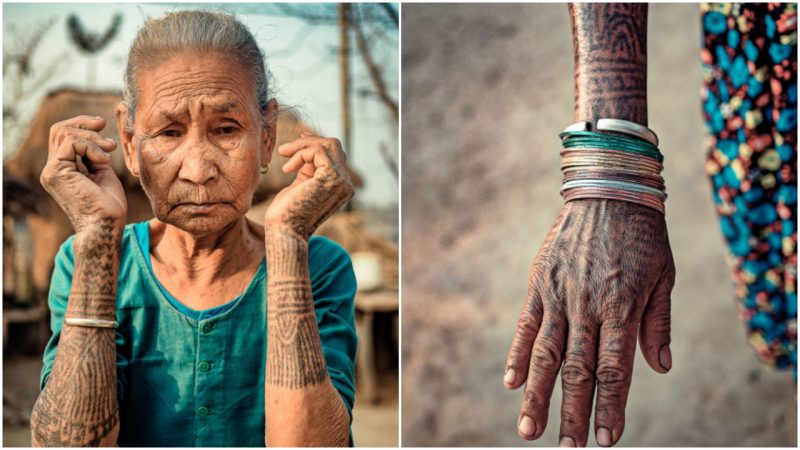Among the many tribes around the world that use tattooing as part of their traditions are the indigenous Tharu people in the Chitwan District of Nepal.
Both men and women are tattooed but the women are way more covered with tattoos than the men. Since 2011, the estimated population of Tharu was around 1.7 million. They are agriculturalists and hunters who practice Hinduism.
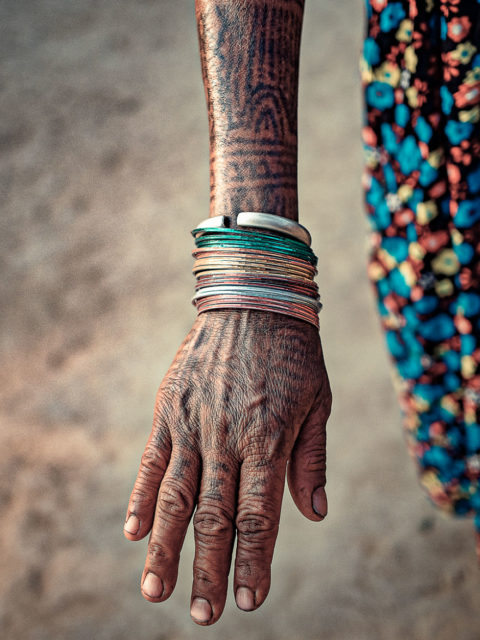
These people thrived in isolation in the Himalayan forests and managed to keep the many varieties of their indigenous language.
However, naturally, the Tharu people face modernization and loss of their traditions. The practice of tattooing seems to be disappearing as it is only the older generation who proudly show their tattoos.
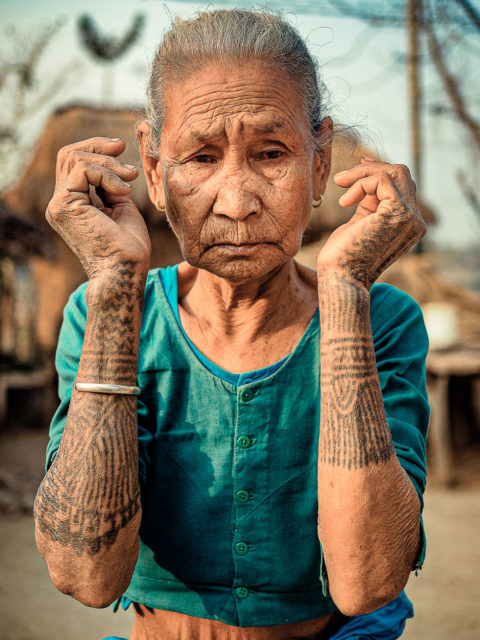
An important practice of Tharu heritage is dying out, but, through a twist of fate, it has been eternalized by the camera of photographer Omar Reda.
Reda is a Lebanese graphic designer and creative director whose passion is photography. He had been preparing for a photography project trip to Tibet but was denied a visa — forced to make a last-minute change of plans, Reda decided to travel to Nepal instead.
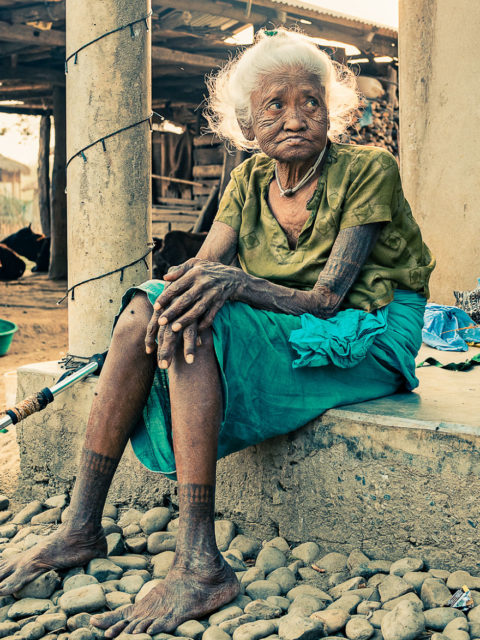
On his visit to Nepal, Reda discovered the fascinating tattooed Tharu tribeswomen and their stories.
He heard many different stories about the history of the tattooing practice. One was that during the 240-year reign of the Kingdom of Nepal (which ended in 2008), it was customary for the royal family to spend the summer months in the Chitwan area.
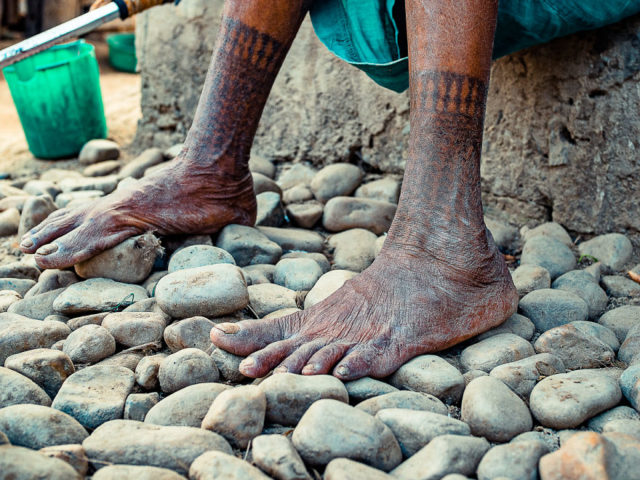
To amuse themselves, they used to forcibly take young girls from the Tharu tribe and use them as sex slaves. In order to prevent these abductions and disturbance of their peaceful lives, the Tharu people started tattooing young girls. Their intention was to deform their appearance so that they would be unattractive to the abductors.
Another story told to Reda was that the tattooing practice was mandatory for the women in the Tharu tribe. By not having tattoos, women risked being exiled from the community.
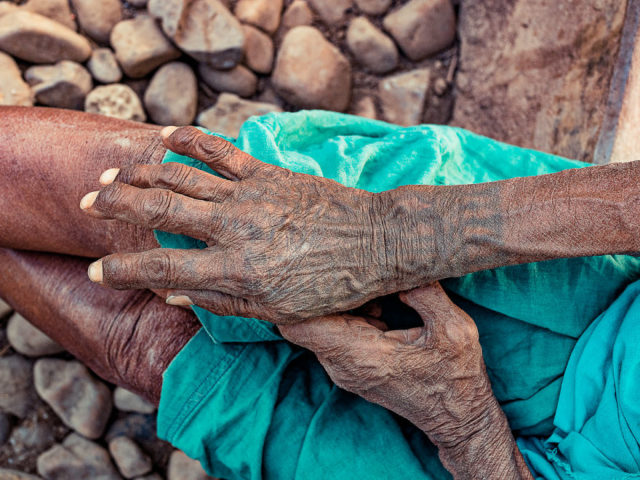
The regulations went so far that it was forbidden for people to touch or take anything that a woman without a tattoo had previously touched. Escaping the practice equaled social death, so all girls went through the painful process of covering their bodies with ink.
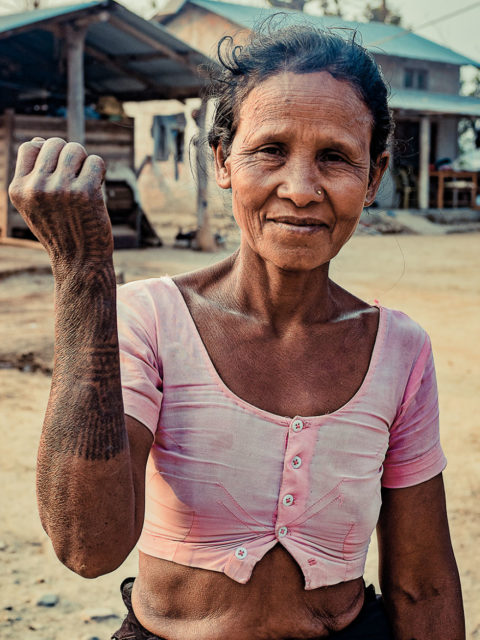
The third version is that tattoos were a symbol of beauty. The women were tattooed to magnify their beauty so that when they die, they would reach heaven in their most beautiful appearance.
Today, tattooing has a more modernized aspect, meaning that every individual chooses whether they will express themselves through words, symbols, or art tattooed on their bodies. In fact, today Nepal is known as one of the best destinations to get inked.
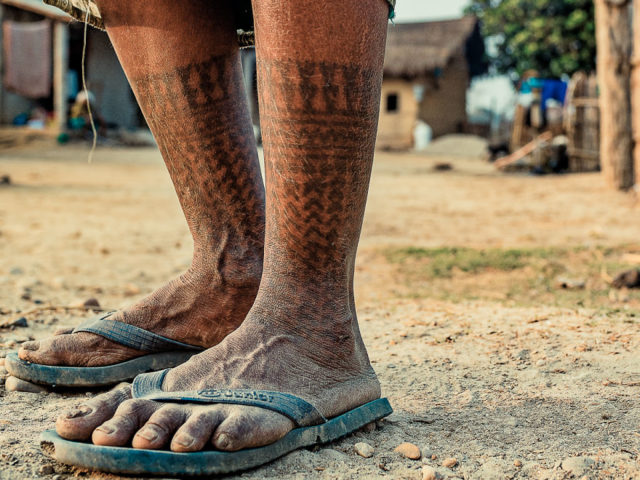
Nepal is not the only place where Reda had such a unique experience.
He also has beautiful photos of various incredible places in India, Tanzania, Turkey, and many other countries where he captured a little bit of the unique lifestyles in diverse cultures around the world.
Read another story from us: Rare Color Photos Show What the World Looked Like 100 Years Ago
In Omar’s own words, he is interested in the stories of humans and of nature, and so far his wonderful photos have been featured in National Geographic, the Daily Mail, Buzzfeed, Behance, Petapixel and many others.
